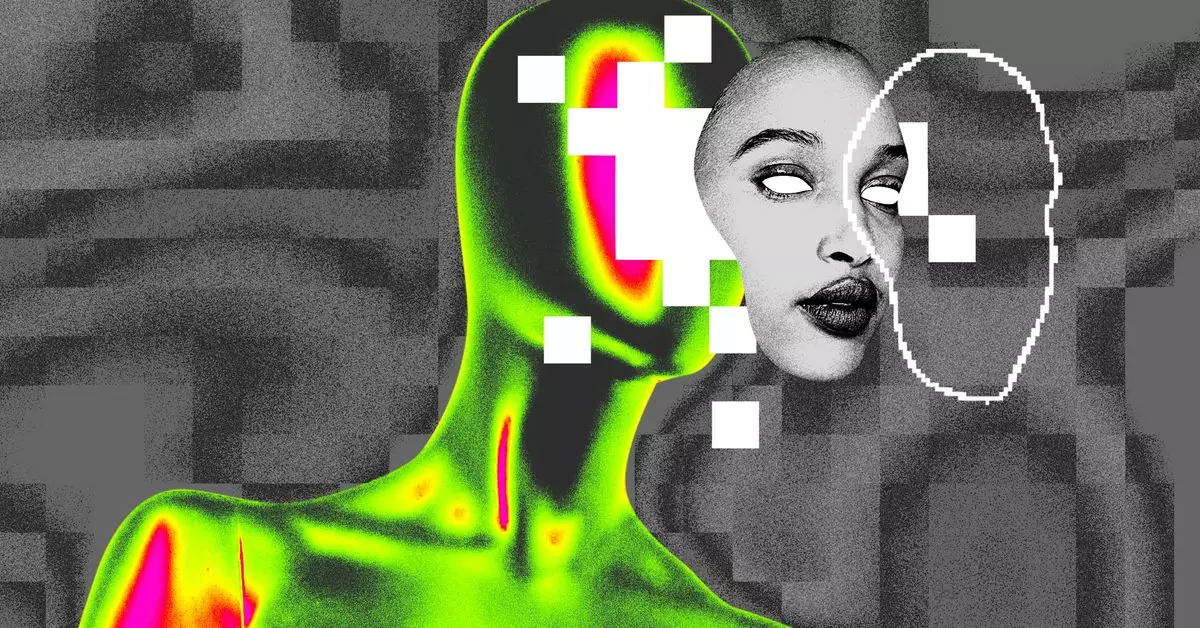In an age where social media has become an integral part of daily life, platforms must grapple with their influence, particularly on impressionable users such as teenagers. TikTok, a titan of the social media landscape, has recently announced new initiatives aimed at safeguarding the mental well-being of its younger users. This decision arises from growing concerns about the effects of beautifying filters on self-image and societal perceptions of beauty, particularly among adolescents.
TikTok’s latest measures include imposing age restrictions on specific beauty filters, specifically targeting features that significantly alter a user’s appearance. By preventing users under the age of 18 from accessing certain effects, such as those that smooth skin or enhance facial features—like the controversial Bold Glamour—TikTok appears to be addressing a pervasive issue: the normalization of unattainable beauty standards among youth.
The adjustments will not affect filters characterized as blatantly humorous or whimsical, such as those that add animal ears or exaggerated features. This distinction is crucial since comical filters don’t typically lead to the same harmful perception issues as those that glamorize specific body types or looks. TikTok is expected to begin rolling out these restrictions soon, although the specifics remain murky regarding the timeline or whether these changes will take place globally, particularly as the announcement was made during TikTok’s European Safety Forum.
With over 175 million active users in Europe alone, TikTok’s strategic shift responds to alarming findings by the organization Internet Matters. Their report concluded that beautifying filters foster a warped perspective on beauty, propelling unrealistic standards that many young individuals feel compelled to meet. The report emphasized that many children struggle to discern altered images from reality and often face immense social pressure to conform to digitally enhanced portrayals of attractiveness.
This societal pressure is not merely superficial; it can lead to deeper psychological issues. As young users navigate their formative years, contrasting their appearance against manipulated images can contribute to feelings of inadequacy and anxiety. Thus, TikTok’s proactive measures serve as a recognition of this dangerous trend, seeking to create a healthier online environment.
Alongside the age restrictions, TikTok plans to introduce additional resources in several unspecified European countries aimed at supporting users who may experience mental health challenges. These resources will include direct connections to local helplines, creating a vital lifeline for users dealing with issues like self-harm or harassment.
Christine Grahn, TikTok’s head of European public policy, underscored the platform’s commitment to continuous improvement in safety measures. She emphasized that a platform thrives only when its users feel secure, noting that fostering an environment where individuals can present their authentic selves is paramount to TikTok’s ongoing evolution.
Children’s access to inappropriate content is a significant concern in the digital realm, spurring TikTok to explore machine-learning technologies capable of identifying underage accounts. The platform firmly establishes the minimum age for user accounts at 13, and it deletes millions of non-compliant accounts annually. However, TikTok has reassured users facing account deletion that they have the right to appeal decisions believed to be mistakes. This highlights TikTok’s effort to balance safety with user rights.
While these advancements are admirable, the effectiveness of the regulations and their adherence by users remains to be seen. History has shown that age restrictions can sometimes be navigated by tech-savvy minors. Thus, systems must be robust enough to truly safeguard against underage usage.
TikTok’s recent changes signify a crucial step in addressing the mental health ramifications of beauty standards perpetuated on social media. By limiting access to certain filters and implementing support resources, the platform showcases its commitment to fostering a safer online environment for young users. However, as the social media landscape evolves, so too must the strategies employed to protect its most vulnerable members. Continuous feedback and adaptability will be vital as platforms like TikTok strive to encourage positive online interactions while mitigating the adverse effects of digital beauty culture.

